Home>Garden Essentials>When Do You Plant Strawberry Seeds
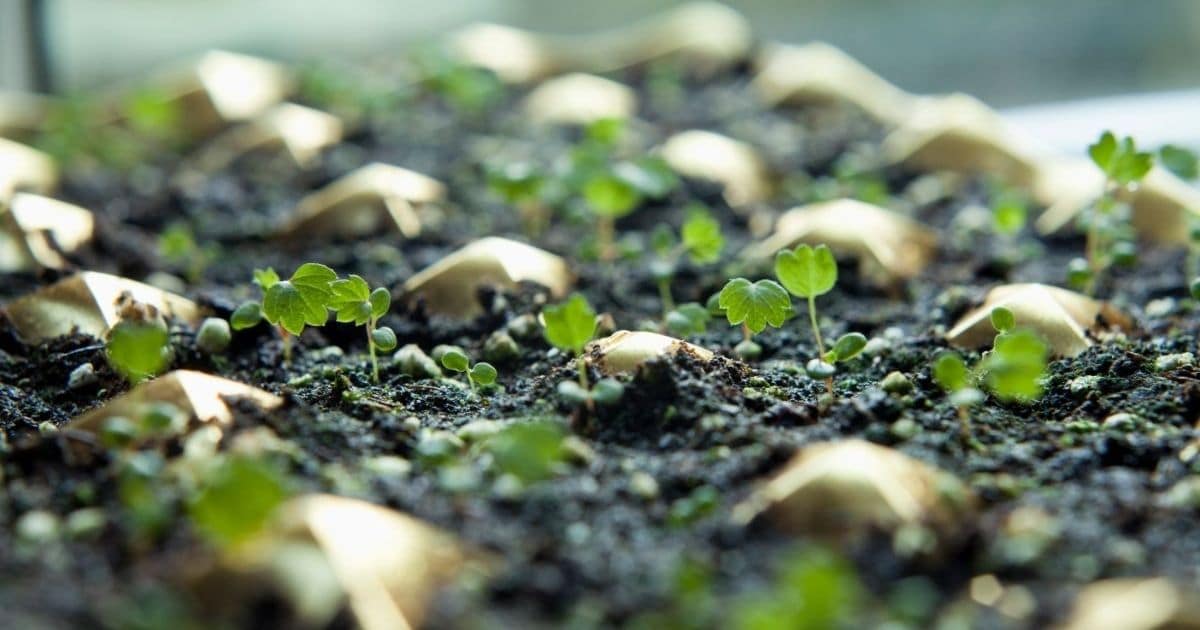

Garden Essentials
When Do You Plant Strawberry Seeds
Modified: April 22, 2024
Learn when and how to plant strawberry seeds in your garden to enjoy a bountiful harvest. Discover the best time, soil conditions, and care tips for successful strawberry planting.
(Many of the links in this article redirect to a specific reviewed product. Your purchase of these products through affiliate links helps to generate commission for Storables.com, at no extra cost. Learn more)
Introduction
If you’re a gardening enthusiast looking to grow your own delicious strawberries, starting from seeds can be a rewarding and cost-effective option. Planting strawberry seeds allows you to have more control over the growing process and gives you the opportunity to choose from a wide variety of strawberry cultivars. However, knowing when to plant strawberry seeds is crucial for successful growth and bountiful harvests.
In this article, we’ll guide you through the process of planting strawberry seeds, from understanding the seeds themselves to choosing the right time to plant. We’ll also provide you with tips and techniques to maximize the success of your strawberry seed planting endeavors. Let’s dive in!
Key Takeaways:
- Planting strawberry seeds requires understanding the right timing and soil preparation for successful growth. Careful attention and patience are key to nurturing healthy, productive strawberry plants.
- To grow strawberries from seeds, choose the right time to plant, prepare the soil, and provide proper care for the seedlings. With dedication and love, you can enjoy the sweet rewards of homegrown strawberries.
Read more: When Should You Plant Strawberry Seeds
Understanding Strawberry Seeds
Before you start planting strawberry seeds, it’s important to have a good understanding of these tiny but mighty seeds. Strawberry seeds are typically small and embedded on the surface of the strawberry flesh. Each seed is enclosed within a protective seed coat that helps it survive and germinate.
While purchasing strawberry seeds from a reputable seed supplier is an option, you can also collect seeds from overripe or rotting strawberries. Simply scoop out the seeds and allow them to air dry for a few days before proceeding with the planting process.
Strawberry seeds are considered to be “dormant” when first harvested. This means they are in a state of suspended growth and won’t sprout immediately after planting. The process of breaking this dormancy and triggering germination requires specific environmental conditions.
One important factor to note is that strawberry plants are not “true to type” when grown from seeds. This means that the characteristics of the parent plant, such as size, taste, and disease resistance, may not be fully reflected in the offspring. For more consistent results, it’s often recommended to propagate strawberry plants through runners or by purchasing certified disease-free plants.
With this understanding of strawberry seeds, let’s move on to determining the right time to plant them for optimal growth and germination.
Choosing the Right Time to Plant
The timing of planting strawberry seeds is crucial for their successful growth and development. It’s important to consider both the specific requirements of the strawberry seeds and the climate of your region.
Strawberries are typically classified into two main categories: “June-bearing” strawberries and “everbearing” strawberries. June-bearing strawberries produce a single large crop in late spring to early summer, while everbearing strawberries produce multiple smaller crops throughout the growing season.
For June-bearing strawberries, it’s recommended to plant the seeds in the late summer or early fall. This timing allows the plants to establish their roots before the onset of winter, leading to stronger and healthier plants in the following growing season. By planting in the late summer or early fall, the strawberry seeds will undergo the necessary cold stratification period, which helps break their dormancy and promote germination in the following spring.
If you’re planting everbearing strawberries, you have more flexibility in choosing when to plant. These strawberries can be planted in the early spring or late summer for a fall harvest. Keep in mind that planting in the spring allows for the longest growing season and will result in larger, more established plants by the time fall arrives.
In addition to considering the type of strawberry and the season, it’s important to take into account the climate of your region. Strawberries thrive in cool climates, with temperatures ranging between 60 to 80 degrees Fahrenheit (15 to 27 degrees Celsius). If you live in a region with hot summers, it’s advisable to plant the seeds in the cooler months to prevent heat stress on the young seedlings.
By carefully selecting the right time to plant strawberry seeds, you can ensure optimal conditions for germination and the successful establishment of your strawberry plants.
Preparing the Soil
Before planting strawberry seeds, it’s essential to prepare the soil to create a favorable growing environment for the young seedlings. Proper soil preparation will provide the necessary nutrients, drainage, and pH levels needed for the seeds to germinate and develop into healthy plants.
Here are some steps to follow when preparing the soil for planting strawberry seeds:
- Choose a sunny location: Strawberries thrive in full sun, so it’s important to select a planting site that receives at least 6 to 8 hours of direct sunlight daily.
- Clear the area: Remove any weeds, rocks, or debris from the planting area. Weeds can compete with the young strawberry seedlings for nutrients and water, while rocks or debris can hinder root growth.
- Test the soil: Conduct a soil test to determine the pH level and nutrient content of the soil. Strawberries prefer slightly acidic soil with a pH range of 5.5 to 6.5. If the pH is too high, you can lower it by adding sulfur or organic matter such as compost or peat moss.
- Improve drainage: Strawberries require well-draining soil to prevent root rot. If your soil tends to retain water, consider amending it with organic matter such as compost or sand to improve drainage.
- Add organic matter: Incorporate organic matter into the soil to provide essential nutrients and improve soil structure. Mix in well-rotted compost or aged manure to enrich the soil and enhance its fertility.
- Loosen the soil: Use a garden fork or tiller to loosen the soil to a depth of about 8 to 10 inches. This will facilitate root penetration, water infiltration, and nutrient absorption.
- Remove large clumps: Break up any large clumps of soil to create a fine and crumbly texture, which is ideal for seed germination and root development.
By following these soil preparation steps, you’ll create a nutrient-rich and well-draining environment that promotes healthy growth and development of your planted strawberry seeds.
Planting Strawberry Seeds
Now that you’ve prepared the soil, it’s time to proceed with planting the strawberry seeds. Follow these steps to ensure successful seed germination and establishment:
- Sow the seeds: Gently sprinkle the strawberry seeds over the prepared soil. Aim for a spacing of about 1 inch between each seed. Avoid burying the seeds too deep, as strawberry seeds require light for germination.
- Cover with a thin layer of soil: Lightly sprinkle a thin layer of fine soil or vermiculite over the seeds. This helps to protect them, retain moisture, and maintain consistent moisture levels during germination.
- Water the seeds: Use a gentle spray or misting nozzle to water the planted seeds. Ensure that the soil is evenly moist but not waterlogged. Avoid excessive watering, as it can lead to seed rot or fungal diseases.
- Label the planting area: It’s a good practice to label the planting area with the strawberry variety and the planting date. This helps you keep track of different varieties and monitor germination and growth progress.
- Provide appropriate temperature and lighting: Place the planted seeds in a warm and well-lit area. Aim for a temperature range of around 70 to 75 degrees Fahrenheit (21 to 24 degrees Celsius). You can use a heating mat or provide bottom heat to help promote germination.
- Maintain moisture levels: Check regularly to ensure that the soil remains consistently moist. Water gently as needed to prevent the seeds from drying out.
- Be patient: Strawberry seeds may take anywhere from two to four weeks to germinate, so be patient and maintain the proper growing conditions throughout this period.
Once the strawberry seeds have germinated and developed into seedlings, it’s important to provide them with proper care and attention to ensure their successful growth. Keep reading to learn about caring for strawberry seedlings.
Plant strawberry seeds in early spring, after the last frost. Start seeds indoors 6-8 weeks before the last frost, then transplant them outside once the soil is workable. Keep the soil moist and provide plenty of sunlight for healthy growth.
Read more: When Do You Plant Broccoli Seeds
Caring for Strawberry Seedlings
After the strawberry seeds have germinated and developed into seedlings, it’s crucial to provide them with proper care to ensure their healthy growth and establishment. Here are some essential care tips for strawberry seedlings:
- Watering: Regular and consistent watering is vital for the seedlings. Keep the soil moist but not waterlogged. Water the seedlings at the base to avoid wetting the leaves, which can lead to fungal diseases. Mulching around the seedlings can help retain moisture and reduce weed growth.
- Thinning: If the seedlings are overcrowded, thin them out to give each plant enough space to grow. Select the healthiest and strongest seedlings, and gently remove the weaker ones by carefully pulling them out of the soil.
- Fertilization: Feed the strawberry seedlings with a balanced organic fertilizer about four weeks after germination. Follow the recommended application rates on the fertilizer package. Be careful not to over-fertilize, as excessive nutrients can lead to weak plants and reduced fruit production.
- Pest and disease control: Keep a close eye on the seedlings for any signs of pests or diseases. Common pests include slugs, snails, aphids, and spider mites. Use organic methods such as handpicking, neem oil, or companion planting to control pests. Preventive measures such as providing good air circulation and avoiding overwatering can help prevent fungal diseases.
- Provide support: As the seedlings grow, they may require support to keep the plants upright and prevent the fruit from touching the ground. Gently insert a stake near each plant and tie the stem to the stake using soft plant ties or twine.
- Monitor for runners: Strawberry plants produce runners, which are long stems that grow outward from the mother plant. These runners can be trimmed if you want to control the spread of the plants or left to produce new plants for future propagation.
- Monitor for pollination: If you’re growing June-bearing strawberries, ensure adequate pollination by attracting pollinators such as bees to the garden. You can also aid in pollination by gently shaking the flowers or using a small, soft brush to transfer pollen between flowers.
By providing proper care and attention to your strawberry seedlings, you’ll give them the best chance of thriving and producing healthy, flavorful strawberries. In the next section, we’ll discuss the process of transplanting strawberry seedlings into their final growing location.
Transplanting Strawberry Seedlings
Once your strawberry seedlings have grown into sturdy plants, it’s time to transplant them into their final growing location. Transplanting allows the plants to spread out and establish strong root systems, leading to healthier and more productive strawberry plants. Follow these steps to successfully transplant your strawberry seedlings:
- Choose the right time: The best time to transplant strawberry seedlings is in the early spring or late summer when the weather is cool and there is less stress on the plants.
- Prepare the planting area: Clear the area of any weeds or debris and ensure that the soil is well-prepared and free from compacted soil. Follow the steps mentioned earlier for soil preparation.
- Dig the planting holes: Dig holes large enough to accommodate the root system of the seedlings. Space the holes at least 12 to 18 inches apart to allow for proper airflow and future plant growth.
- Transplant the seedlings: Gently remove the seedlings from their current containers or the ground and carefully place them in the prepared holes. Ensure that the crown of the plants (where the stems emerge from the roots) is level with the soil surface. Backfill the holes with soil and gently firm the soil around the seedlings.
- Water thoroughly: After transplanting, water the seedlings deeply to settle the soil around the roots and reduce any air pockets. Maintain consistent moisture levels in the following weeks to aid in root establishment.
- Mulch the area: Apply a layer of organic mulch, such as straw or wood chips, around the base of the plants. Mulching helps retain soil moisture, suppresses weed growth, and protects the shallow roots of the strawberries.
- Provide proper care: Continue to care for the transplanted seedlings as mentioned earlier, including regular watering, monitoring for pests and diseases, and applying fertilizer as needed.
Transplant shock is common after moving seedlings, so it’s important to provide extra care and attention during this period. With proper care and time, the transplanted strawberry seedlings will establish themselves and grow into thriving plants that will reward you with delicious strawberries.
Tips for Successful Strawberry Seed Planting
Planting strawberry seeds requires careful attention to detail to ensure successful germination and healthy plant growth. Here are some additional tips to maximize your chances of successful strawberry seed planting:
- Choose the right strawberry variety: Consider factors such as flavor, size, disease resistance, and growing conditions when selecting a strawberry variety. Choose varieties that are well-suited to your climate and gardening preferences.
- Practice proper seed storage: If you’re not planting strawberry seeds immediately after harvesting or purchasing, store them in a cool, dry place in airtight containers. This helps maintain seed viability and prolongs their shelf life.
- Consider pre-germination: Some gardeners choose to pre-germinate strawberry seeds by placing them on a damp paper towel or in a moistened vermiculite medium. This can help speed up germination and improve the success rate of seed planting.
- Label and keep records: It’s helpful to label your strawberry seedlings and keep records of the varieties, planting dates, and any observations or changes you make during the growing season. This ensures proper identification and allows you to learn from your experiences for future planting endeavors.
- Protect seedlings from harsh weather: Young strawberry seedlings are vulnerable to extreme weather conditions. Provide protection from hot sun, strong winds, and heavy rain with shade cloth, windbreaks, or temporary covers.
- Maintain weed control: Weeds can compete with strawberry seedlings for essential nutrients and water. Regularly remove weeds from the planting area to ensure the best growing conditions for your strawberries.
- Rotate planting locations: To minimize the risk of soil-borne diseases and pests, avoid planting strawberries in the same location year after year. Practice crop rotation by planting strawberries in a different area of your garden or using raised beds.
- Practice good hygiene: Wash your hands thoroughly before handling strawberry seeds or seedlings to prevent the spread of diseases or pathogens. Clean your gardening tools between uses to avoid cross-contamination.
- Be patient and attentive: Growing strawberries from seeds can take time and require patience. Monitor your plants regularly, adjust care practices as needed, and be attentive to signs of pests, diseases, or nutrient deficiencies.
By following these tips and staying dedicated to caring for your strawberry seedlings, you’ll increase your chances of successfully growing healthy, productive strawberry plants that will provide you with a bountiful harvest of delicious fruits.
Conclusion
Growing strawberries from seeds can be a rewarding and fulfilling experience for any gardening enthusiast. By understanding strawberry seeds, choosing the right time to plant, and preparing the soil properly, you set the stage for successful seed germination and healthy plant growth.
Throughout the process, it’s important to provide proper care for the strawberry seedlings, from watering and fertilizing to monitoring for pests and diseases. Transplanting the seedlings into their final growing location and following additional tips, such as proper seed storage and maintaining weed control, can further enhance your chances of success.
Remember to be patient and attentive as you nurture your strawberry seedlings. Growing strawberries from seeds requires time and dedication, but the rewards are well worth it. With the right care and nurturing, your strawberry plants will develop into healthy, productive plants that provide you with an abundance of juicy, delicious strawberries.
So, whether you’re looking to start from scratch or expand your existing strawberry patches, give planting strawberry seeds a try. With a little effort and a lot of love, you’ll be well on your way to enjoying the sweet rewards of your own homegrown strawberries.
Frequently Asked Questions about When Do You Plant Strawberry Seeds
Was this page helpful?
At Storables.com, we guarantee accurate and reliable information. Our content, validated by Expert Board Contributors, is crafted following stringent Editorial Policies. We're committed to providing you with well-researched, expert-backed insights for all your informational needs.
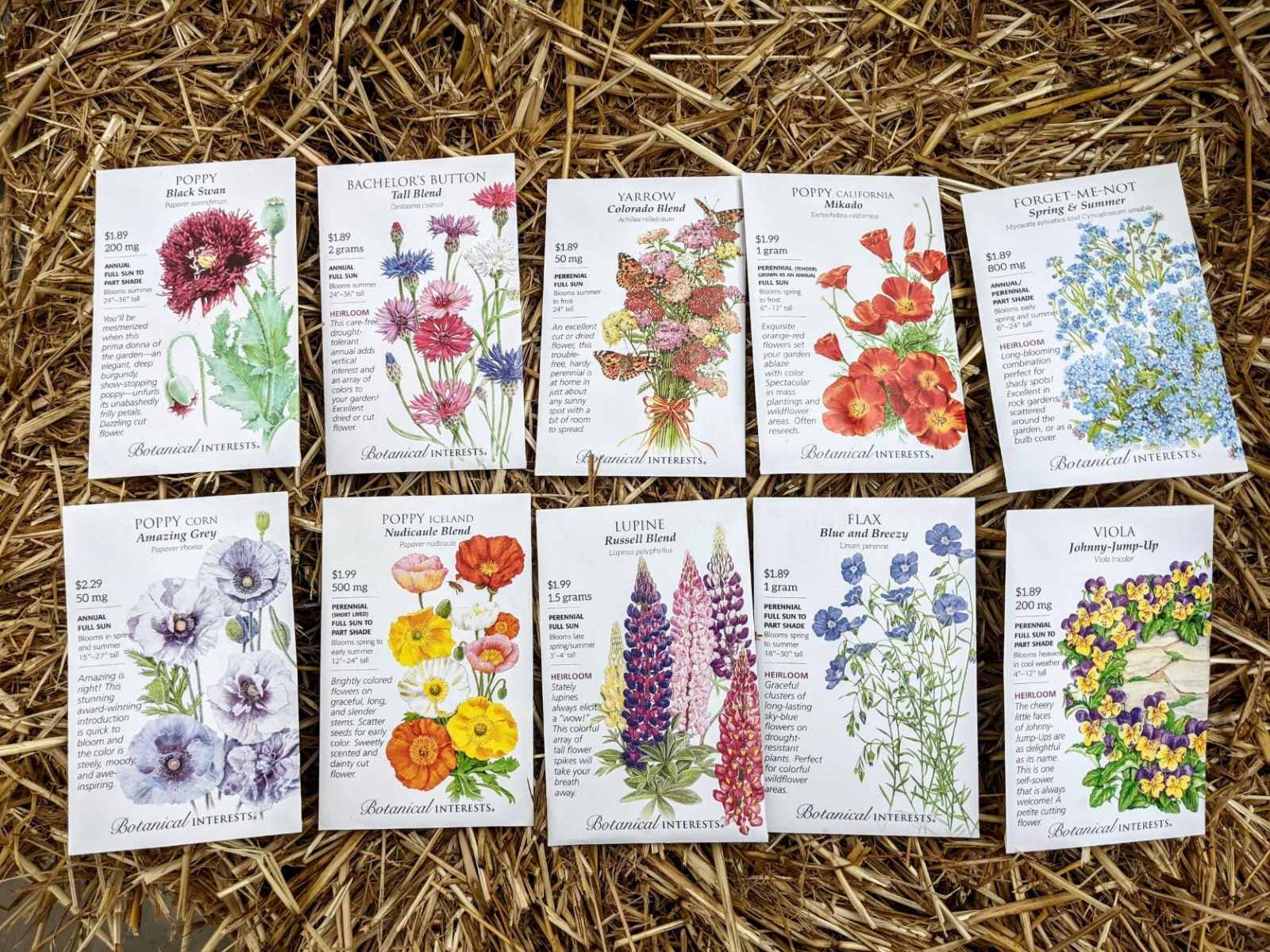
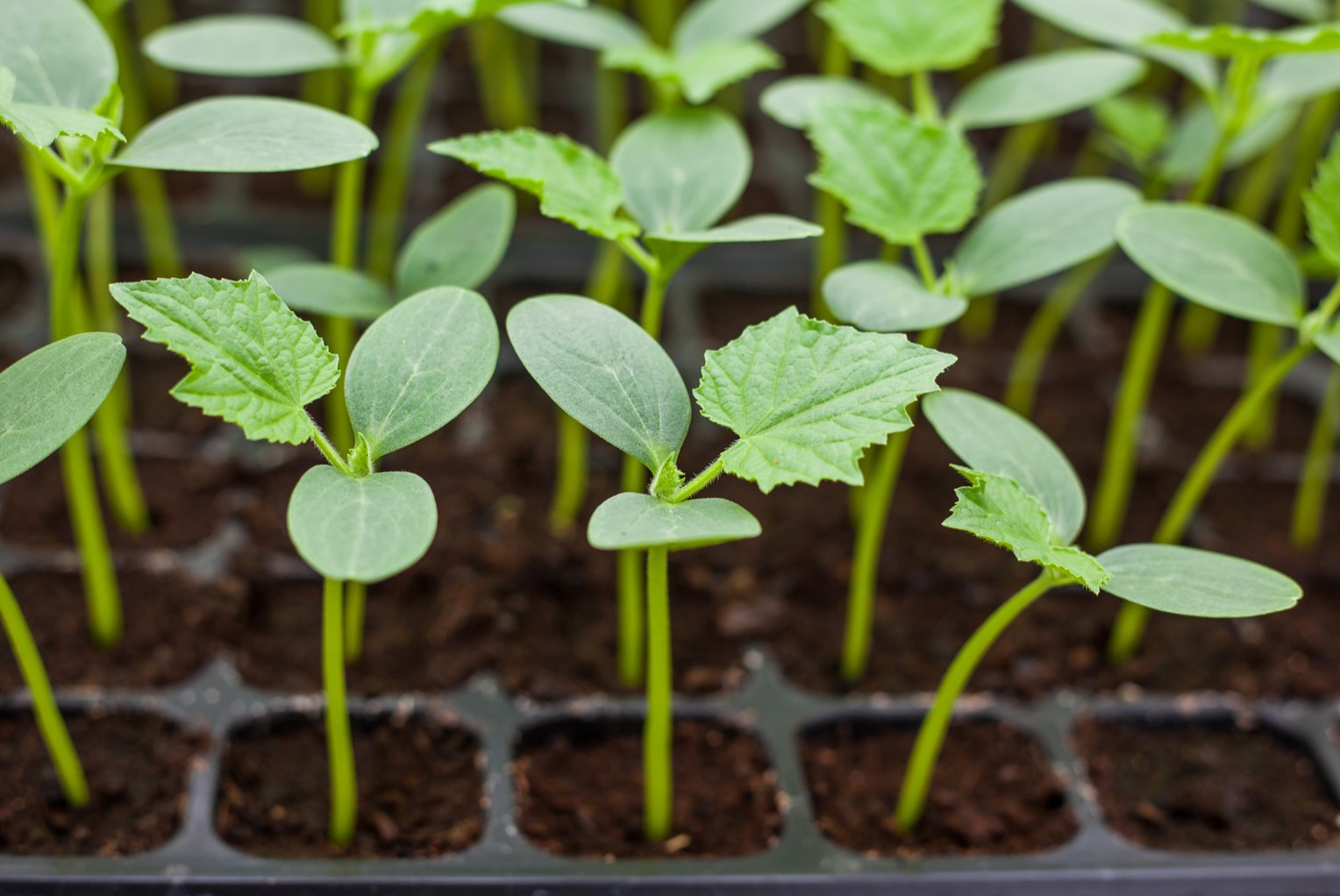
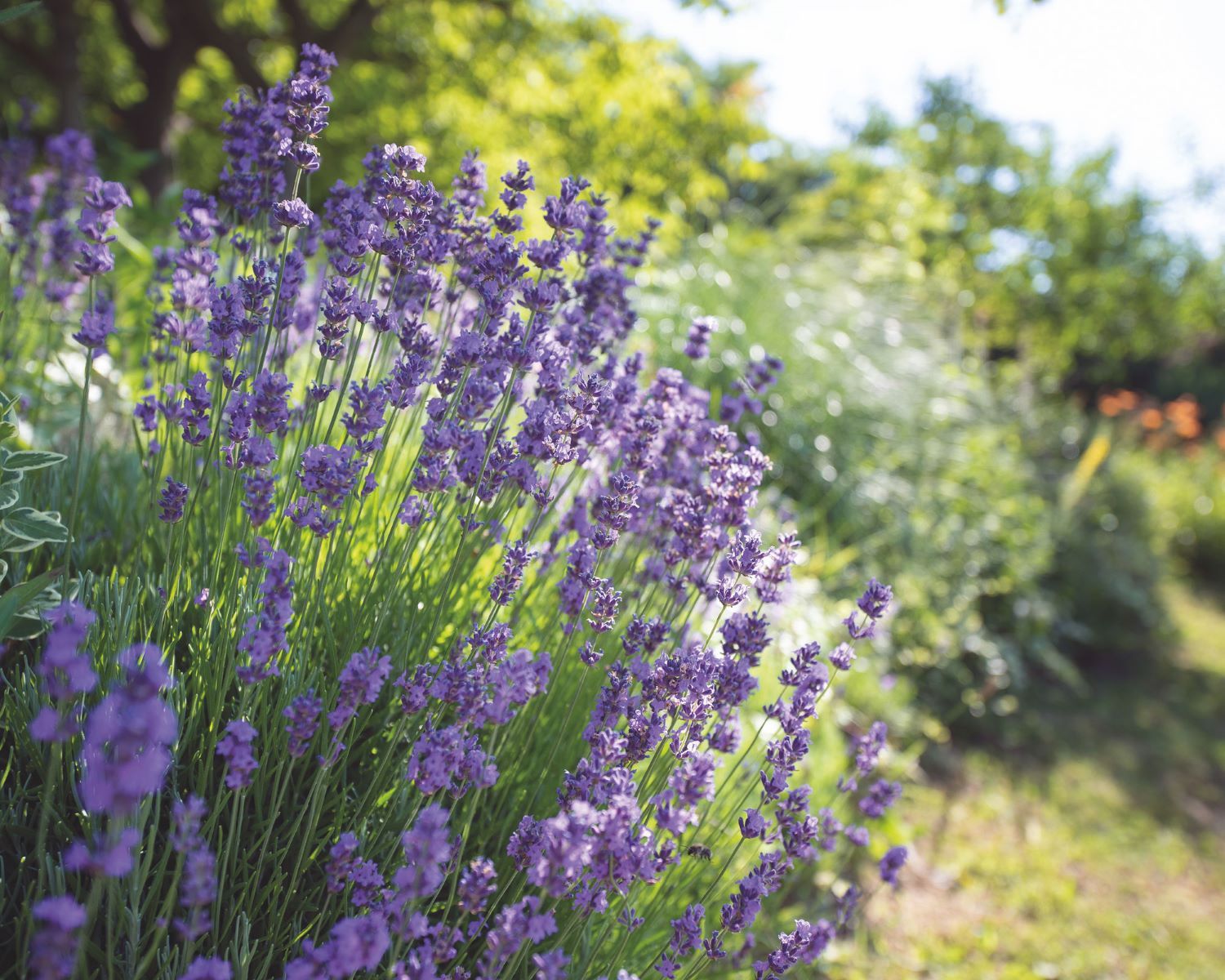
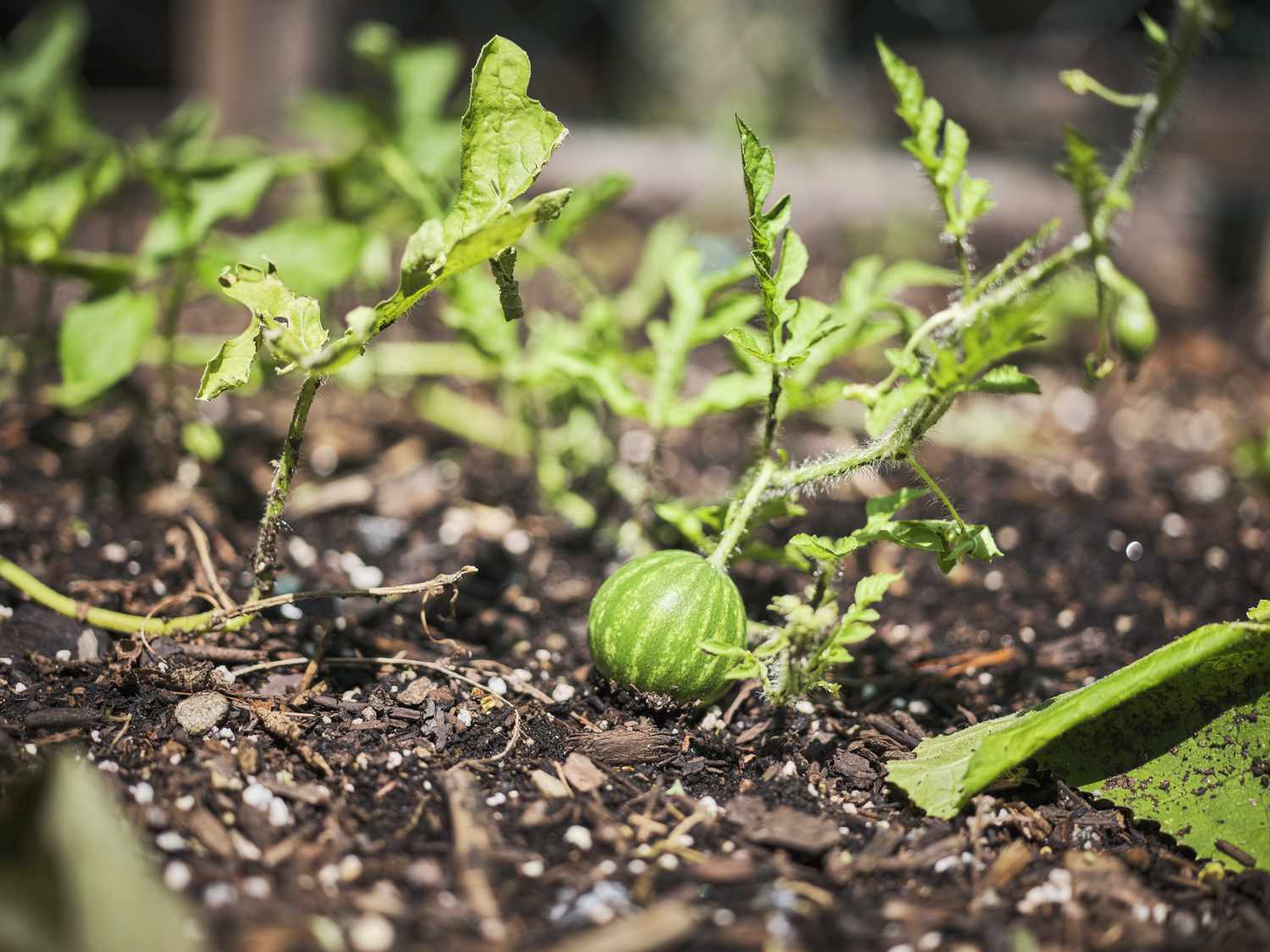
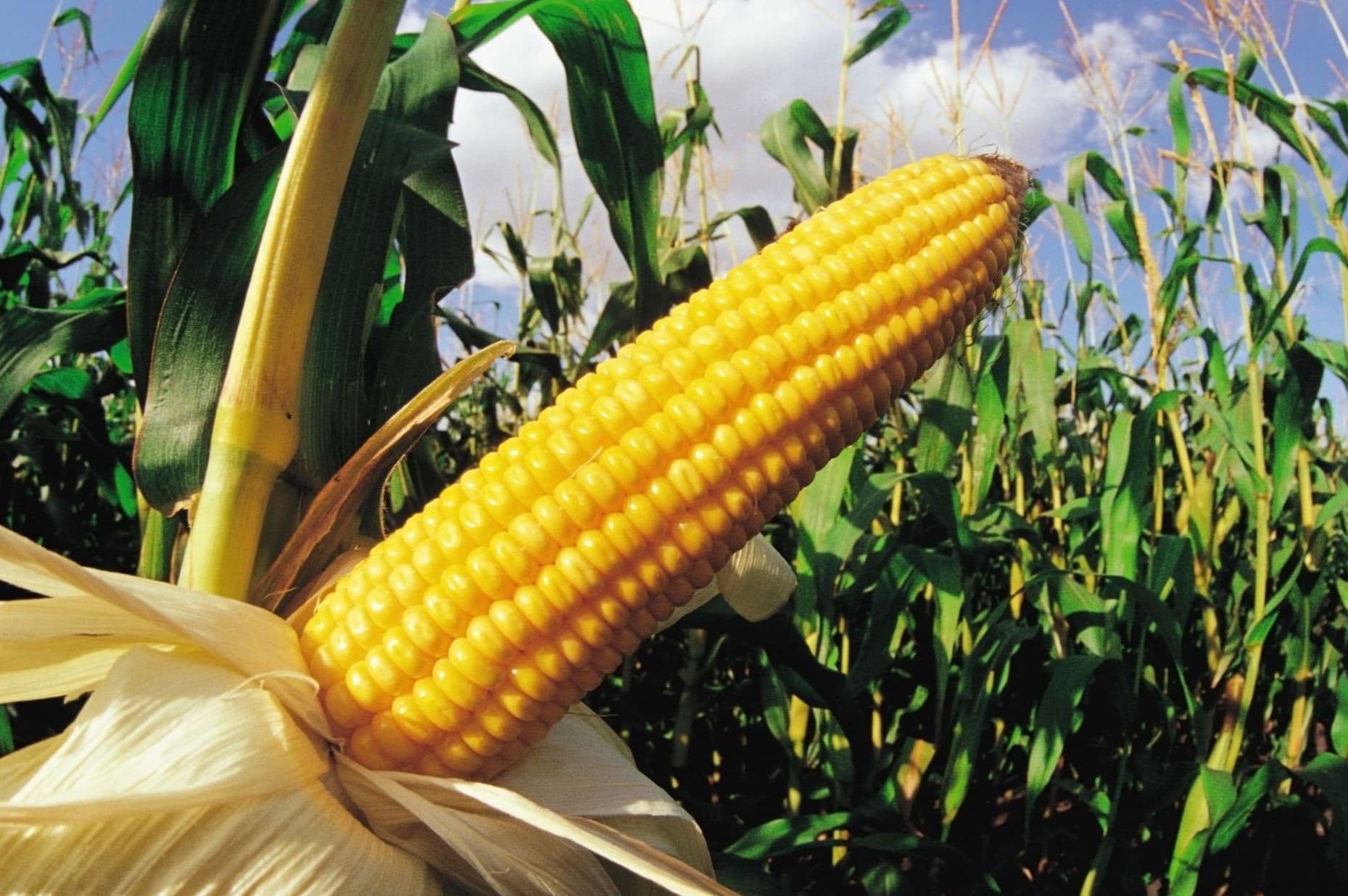
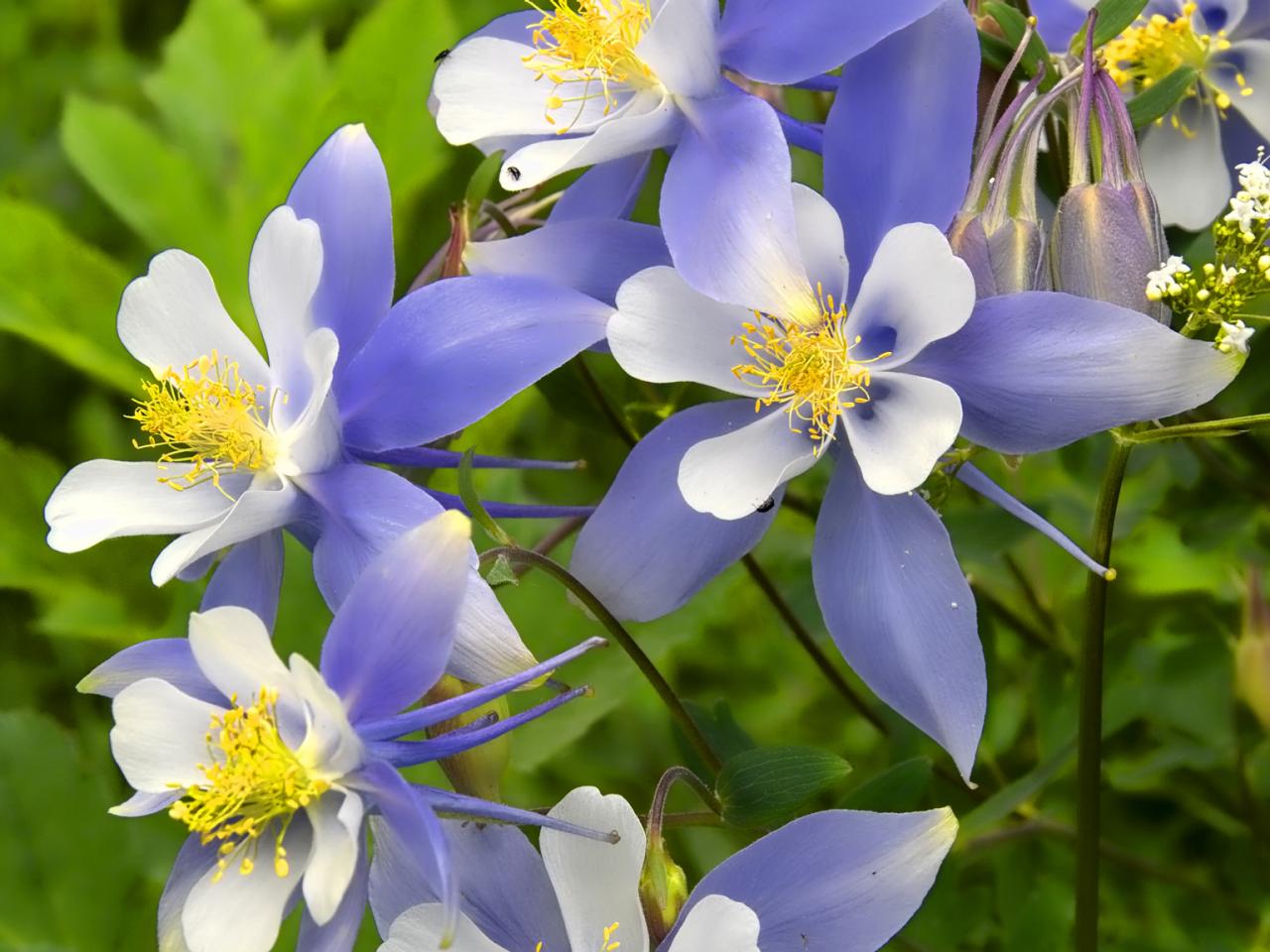
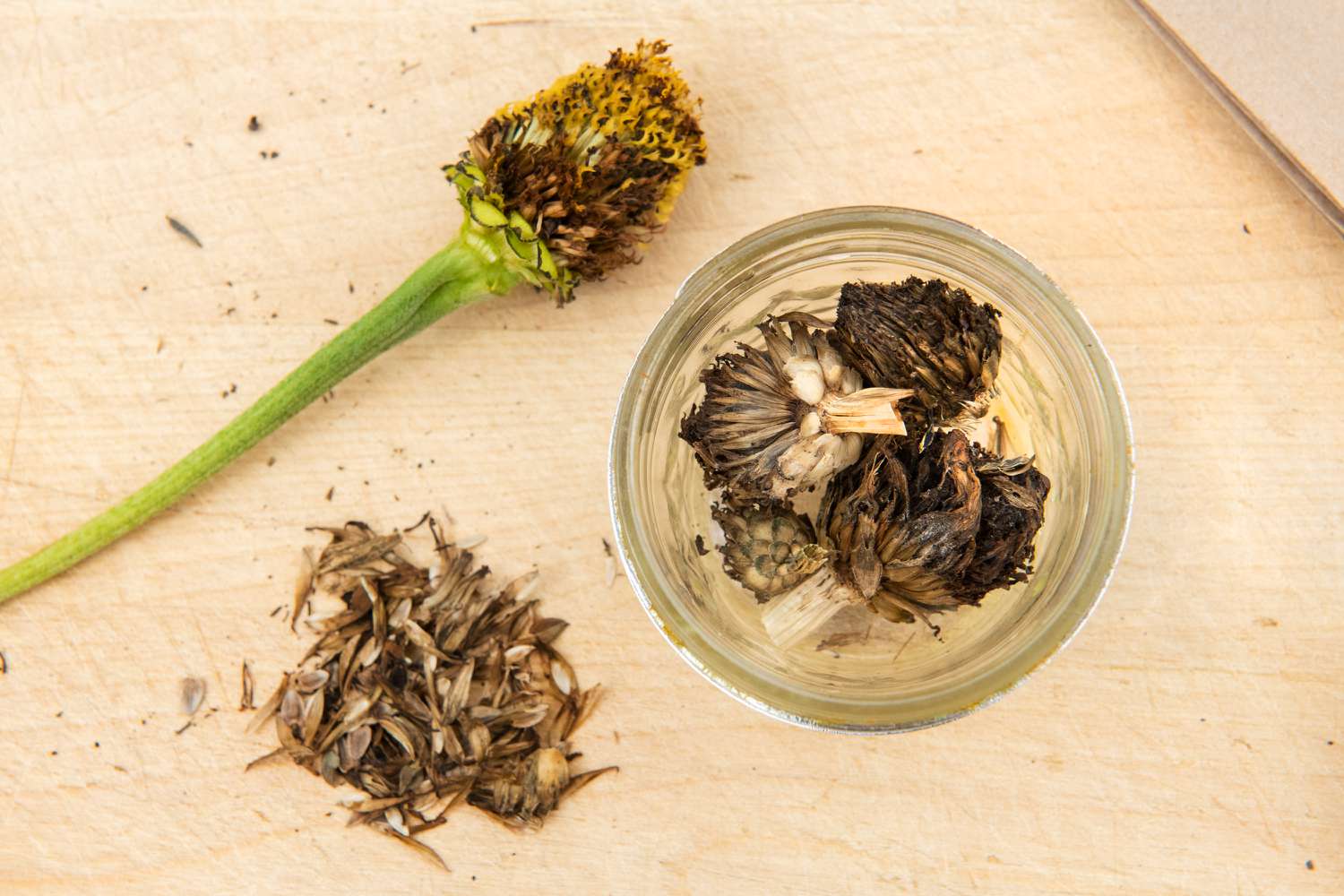
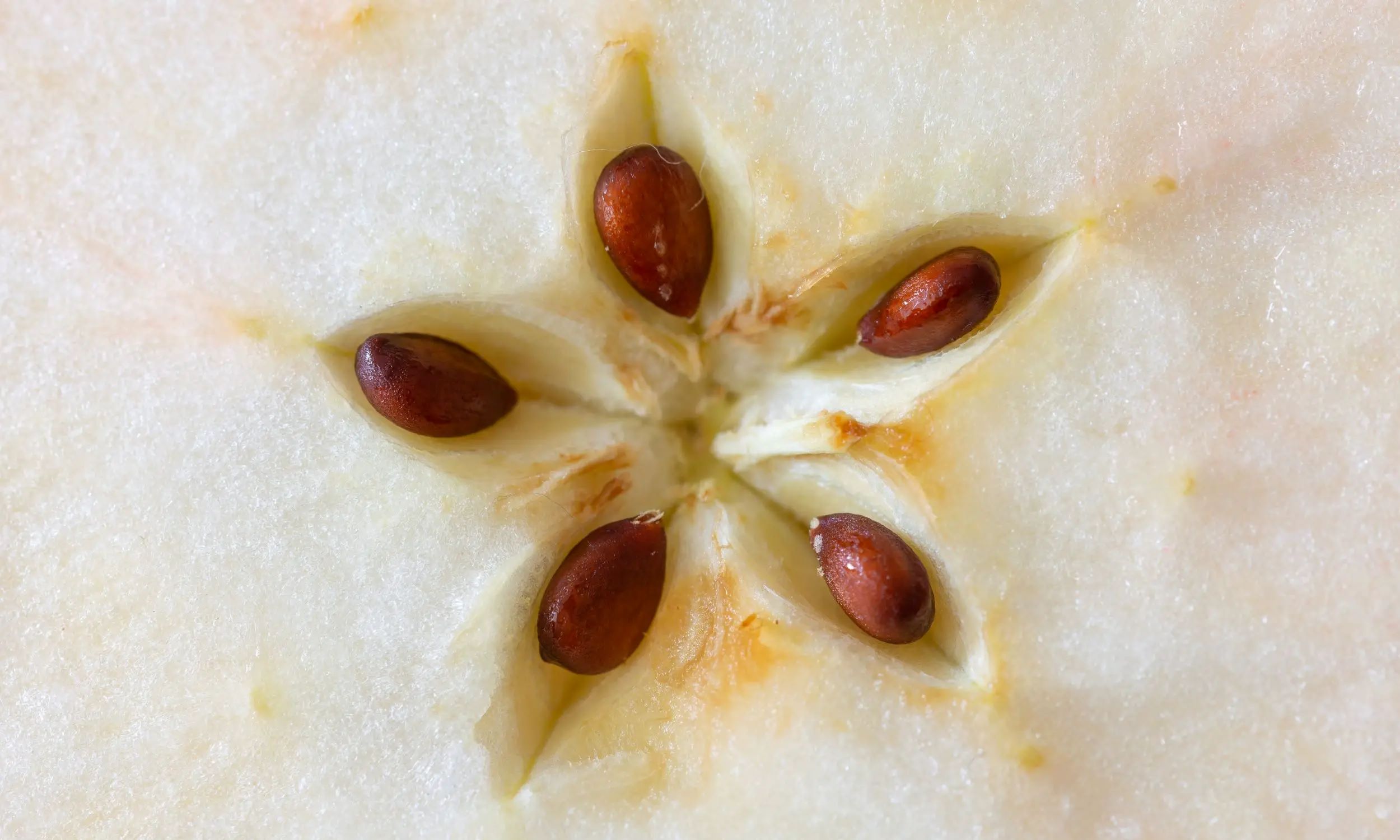
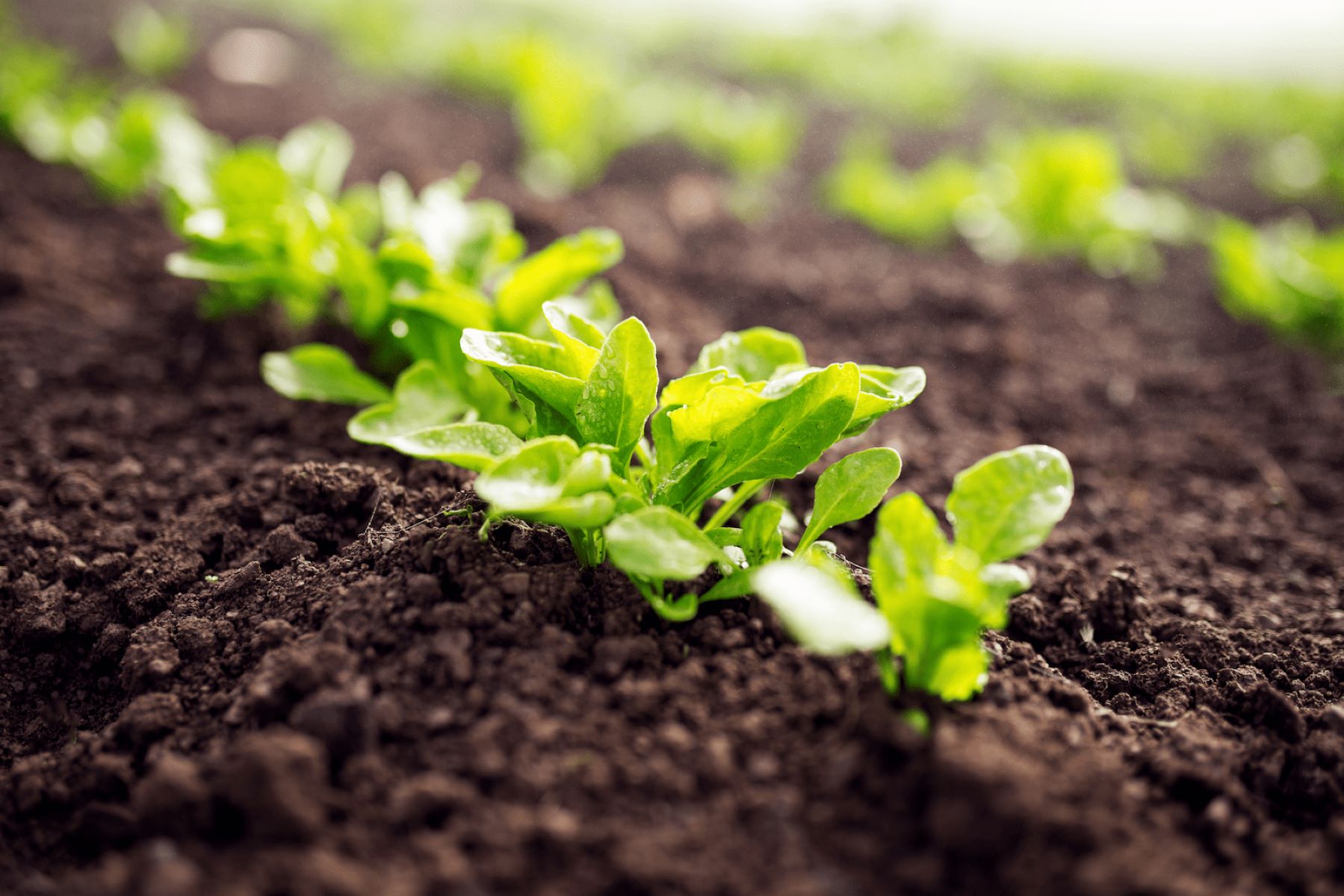
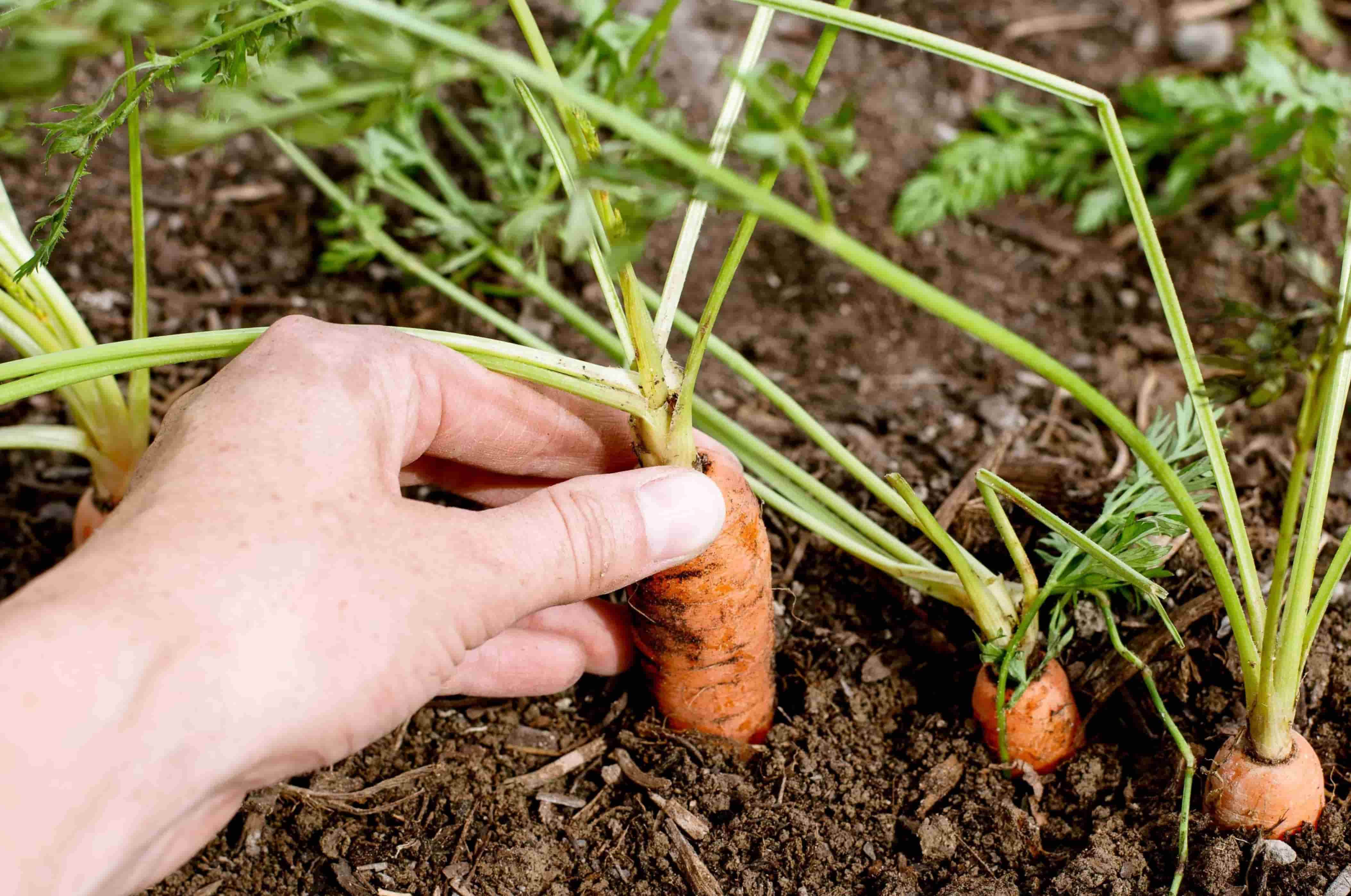
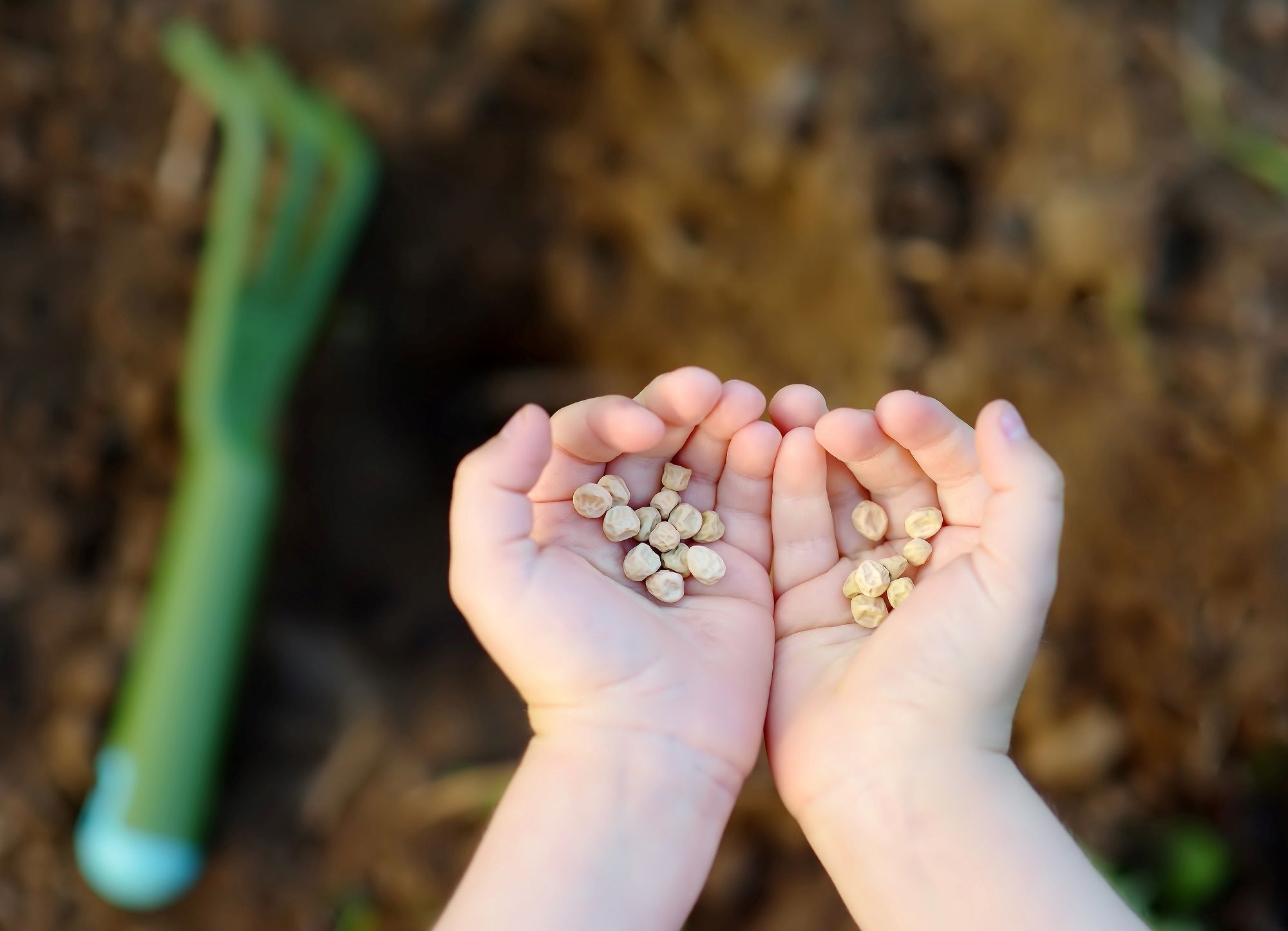
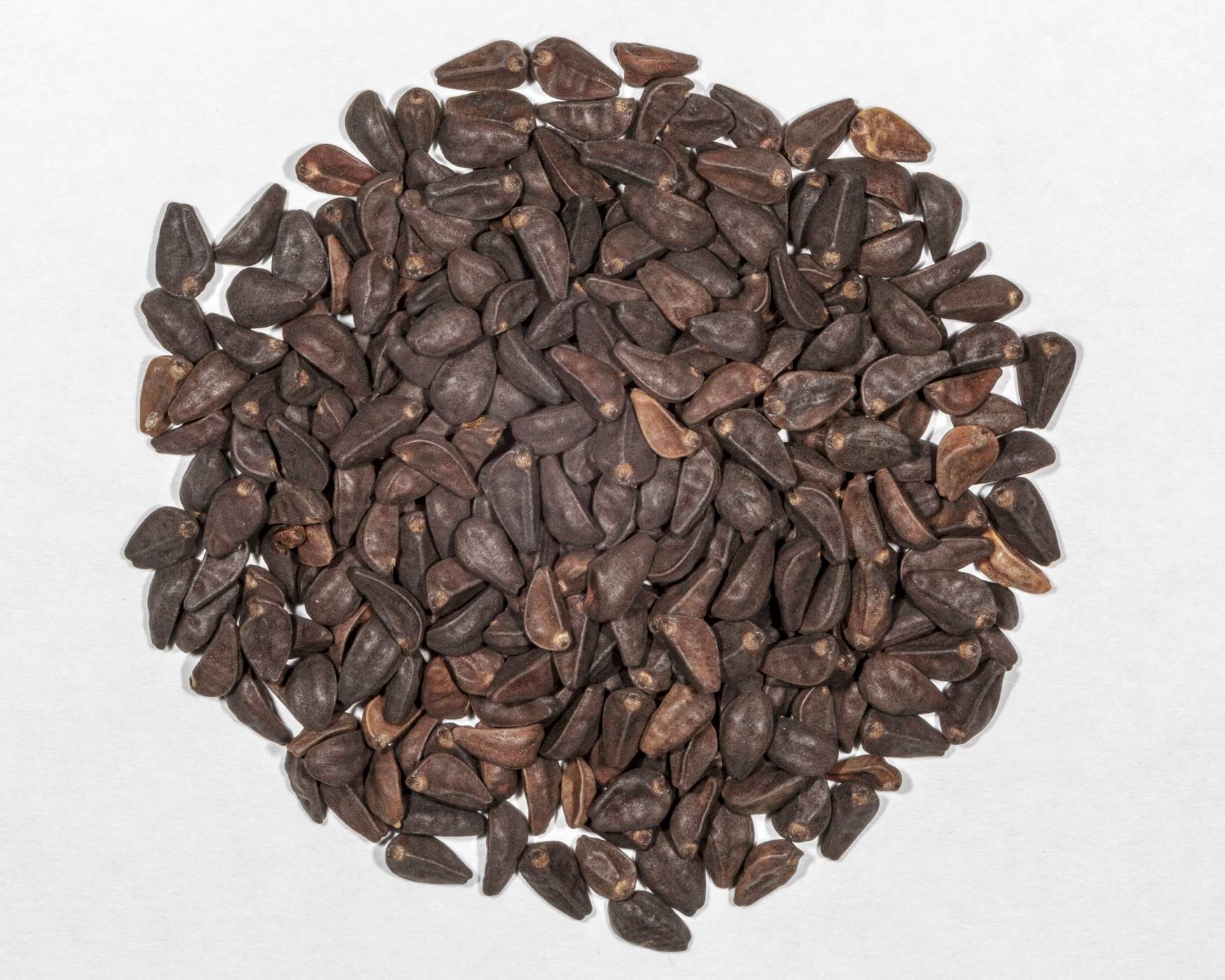
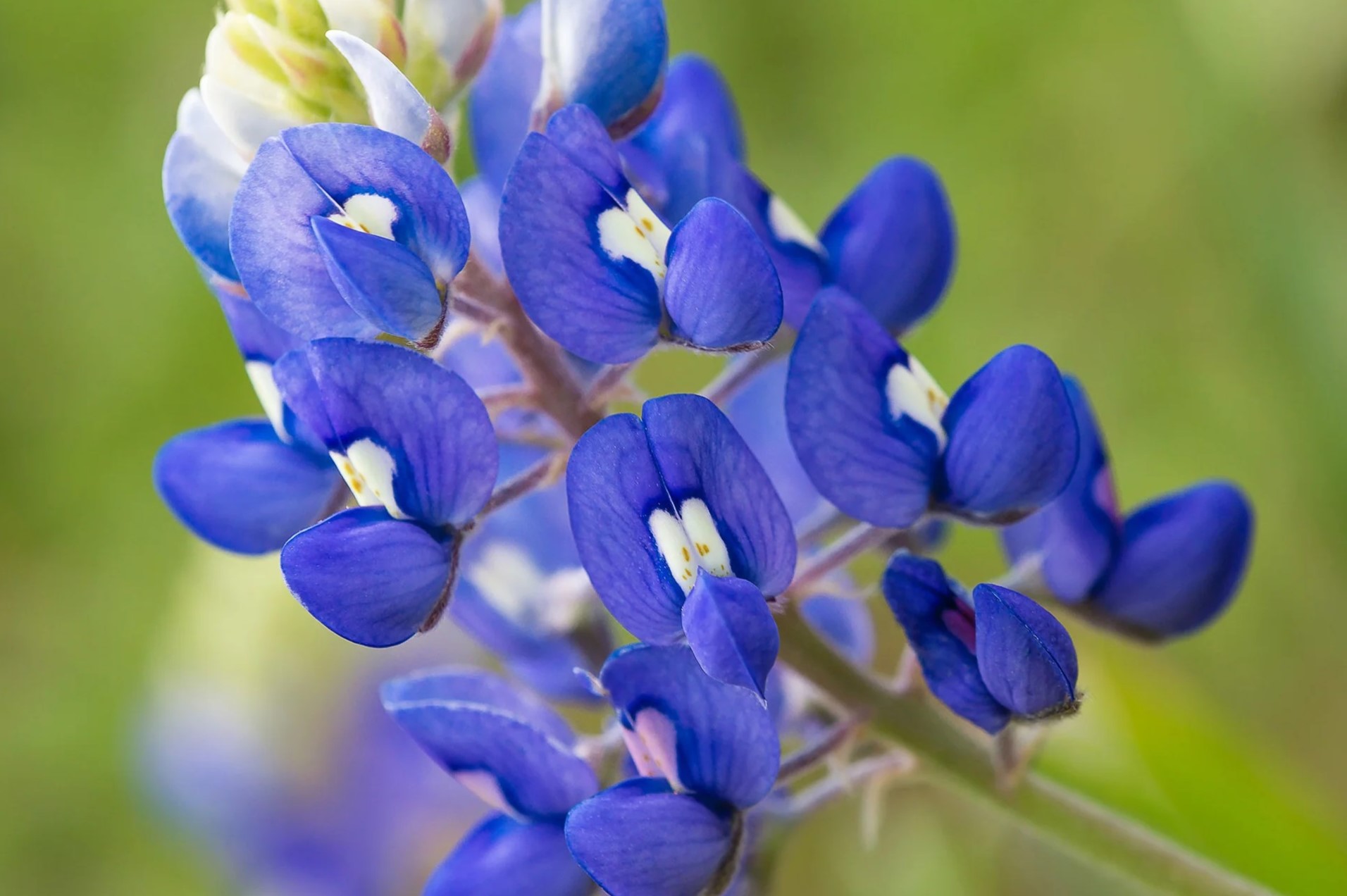
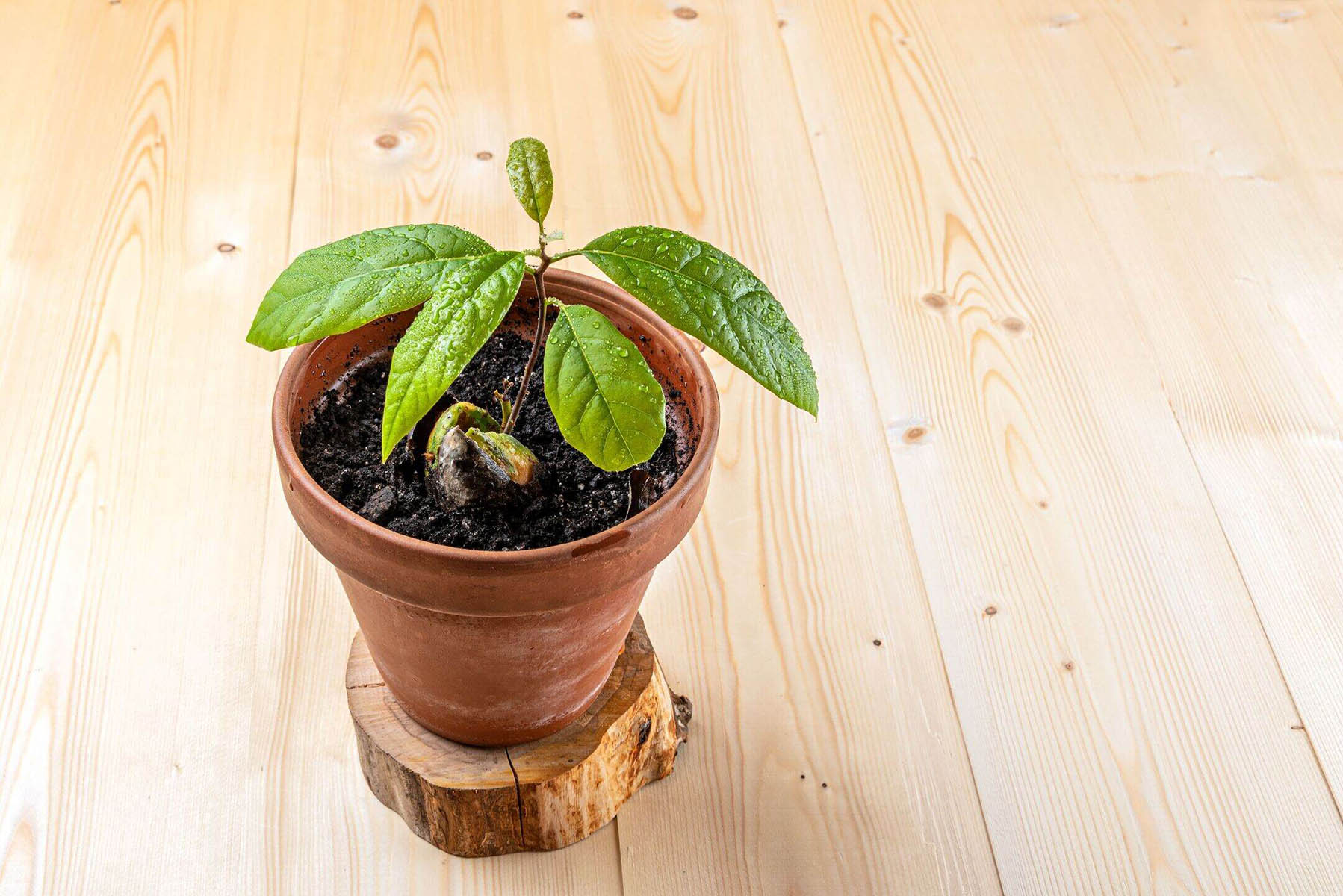

0 thoughts on “When Do You Plant Strawberry Seeds”